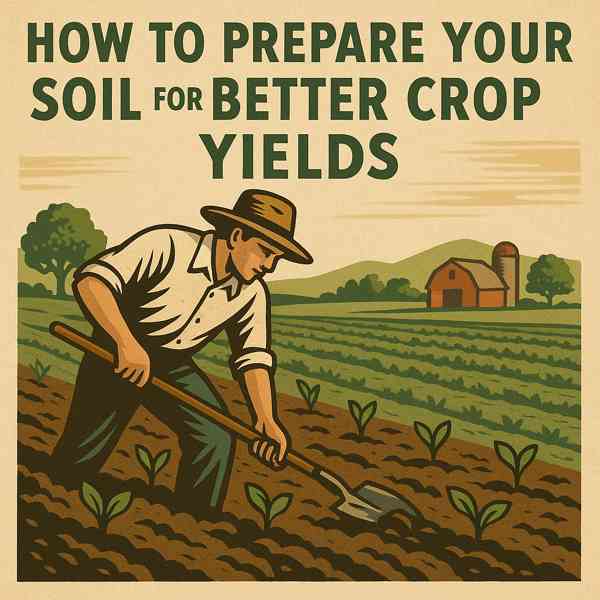How Agriculture and Forestry Drive Environmental Sustainability
How Agriculture and Forestry Drive Environmental Sustainability
Blog Article

While agriculture focuses on cultivating crops and raising livestock, forestry involves managing and conserving forests.
As technology and sustainability become more important, both agriculture and forestry are evolving to increase productivity.
Understanding Agriculture
It has been the lifeblood of human civilization for thousands of years.
Main components of agriculture include:
- Cultivating grains, vegetables, and fruits
- Raising livestock for meat, milk, and wool
- Maximizing land productivity
- Using eco-friendly methods
Modern agriculture aims to increase yield through sustainable solutions.
What Is Forestry?
It includes activities such as habitat conservation to maintain biodiversity and ecosystem health.
Main components of forestry include:
- Promoting tree diversity and regeneration
- Protecting natural habitats
- Logging for wood and paper products
- Urban forestry
Responsible forestry practices help maintain ecological balance.
Sustainable Practices in Agriculture and Forestry
Adopting sustainable practices ensures that ecosystems remain intact.
Best practices include:
- Reducing soil disturbance
- Building resilient agricultural systems
- Selective logging
- Planting trees to restore forests
By embracing these practices, farmers and foresters can enhance productivity.
Obstacles These Industries Face
Despite their importance, both agriculture and forestry face ongoing problems related to economic pressures and environmental concerns.
Key issues in the sector:
- Impact on crop yields and forest health
- Water scarcity
- Reducing biodiversity and natural cover
- Financial risk for farmers and loggers
Addressing these challenges requires innovative solutions.
How Innovation Is Changing the Industry
Digital tools, data analytics, and automation are reshaping traditional methods.
Technological advancements include:
- Using GPS and data for targeted agriculture
- Monitoring crop health and forest cover
- Creating more resilient plant varieties
- Smarter resource allocation
Integrating technology ensures that both agriculture and get more info forestry keep pace with global demands.
Conclusion
Agriculture and forestry remain fundamental.
To sustain these industries for the future, it is vital to focus on sustainability.
Report this page